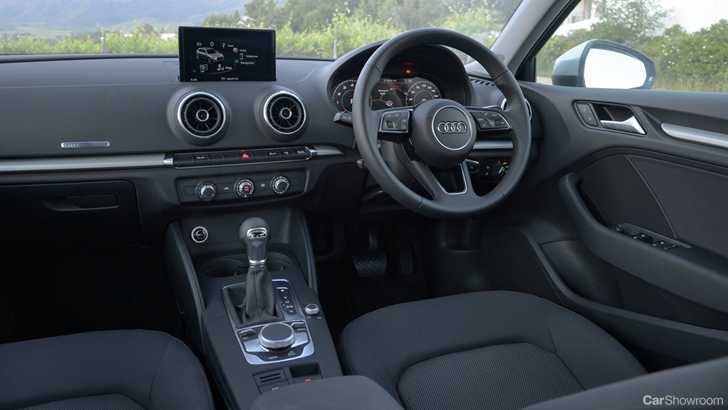Germans are launching an assault on the British compact benchmark.
The second-generation Audi A1, due in 2018, promises to delivery greater agility and better comfort, along with more tech than its nearest competitor, the Mini. The aim, it seems, is to eclipse the Mini in overall competence, least that’s what sources report.
This greater degree of “overall competence” will be largely in part to a new platform structure, rejigged suspension (replete with the option of adaptive damping), along with a new range of drivetrain offerings. The A1 is expected to hit the market in Q1-Q2 2018, with a starting price that Autocar reports shouldn’t vary too far from the existing model’s £15,000 price tag (or $25.5k).
Throwing out the existing PQ25 platform (which dates back to 2001, imagine), the new A1 will sit on a thoroughly-modern MQB-AO architecture, which relies heavily on hot-pressed steel and aluminium in its construction. As such, the wheelbase is set to swell by some 94mm (to a total of 2564mm), resulting in an overall size increase (length projected to exceed 4000mm, width to exceed outgoing models’ 1740mm).
“There’s a maturity in the new model. The differences are instantly recognisable when you drive it.” — Source
*2016 Audi A3 Sportback pictured. The A1 should look similar to this.
The new A1 will see the end of the three-door body style, citing dwindling interest in the ultra-compact model as the reason for its demise. The funds that would have gone to developing that variant is instead being funnelled towards electrification, suggesting that the A1 may feature electrification in the future if not immediately detailed at launch.
Technology will be a strong-point in the latest-generation A1, with sources suggesting that the interior architecture will not differ far from what we’ve seen in the A3 in terms of aesthetics. However, the A1 will feature things like a Virtual Cockpit (Audi’s digital instrument display, likely a cost-option), smartphone mirroring for Android and Apple devices, MirrorLink mirroring, as well as a built-in 4G LTE connection. Autonomous emergency braking (AEB) should feature as standard, supported by ‘Front Assist’ and pedestrian detection.
*Cabin of 2016 Audi A3 Sportback
Engines for the A1 are expected to be all-new too, with a renewed range to offer better flexibility, performance, and efficiency. The range will kick off with a 1.0TFSI three-pot turbo petrol, offering as much as 85kW, along with a four-pot 1.5TFSI with as much as 110kW, with these engines replacing the 1.2TFSI and 1.4TFSI engines from the existing car. The S1 (that will only debut in Q3 2018) employ a reworked version of the existing 2.0-litre TFSI turbo-four, with power upped to as much as 185kW.
Transmission choices will include a six-speed manual as well as a 7-speed double-clutch automatic, with power going to the front wheels by default. That said, quattro all-wheel drive will be offered on not only the S1 but the rest of the range too (as an option, naturally), utilising a compact Haldex system to send power to all-four corners. This will likely see the tidy-handling A1 stick to the road like glue, giving it greater stability on challenging surfaces (and better grip through corners).
It has still not been made clear where we can expect to see the A1 make its debut, so be sure to stay glued to CarShowroom as we bring you updates as they come.
For more information on Audi, check out our Showroom.









































